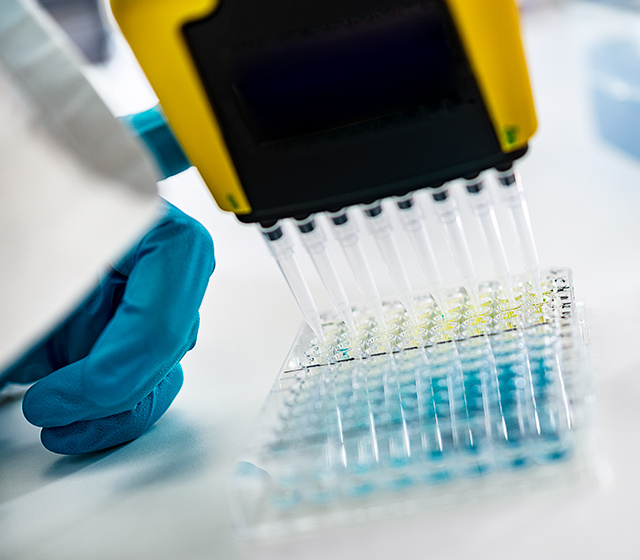Cell Viability & Cytotoxicity Assay Kits
Assay kits for monitoring cell viability, proliferation and cytotoxicity
Fluorescent dye-based assays for cell viability and cytotoxicity are reliable and easy to perform. Cell viability can be monitored through the modification of Calcein AM by esterases, or the activity of Lactate dehydrogenase (LDH), two enzymes present in the cytoplasm of living cells.
To monitor cell toxicity, one can take advantage of the presence of LDH in the culture medium due to cell membrane disruption as a result of cell cytotoxicity and cell death.
Benefits:
- Safety – non-radioactive, non-toxic
- Convenience – Ready-to-use reagents, no labeling required
- Accuracy – Correlate well with traditional isotope-based assays
- High throughput screening of cell proliferation or cytotoxicity effect of a variety of compounds
Calcein AM assay
Calcein AM is a non-fluorescent reagent that easily permeates cellular membranes. Once internalized, esterases remove the acetomethoxy group allowing calcein to bind to calcium, which results in a strong green fluorescence proportional to the number of living cells. Inside dead cells, the non-fluorescent calcein AM remains intact due to the lack of active esterases.
The SensoLyte® Calcein Cell Viability Assay Kit can be used in proliferation, cytotoxicity, invasion, adhesion, migration and other cell-based assays.
Lactate dehydrogenase assay
Measuring the activity of lactate dehydrogenase (LDH), an enzyme present in the cytoplasm of living cells, is indicative of cell viability. This assay is useful to count living cells in a culture or continuously monitor cell proliferation over time.
The presence of cytoplasmic LDH in the culture medium, caused by the damage of cell membrane integrity, is a measurable indicator of cell death and cytotoxicity.
